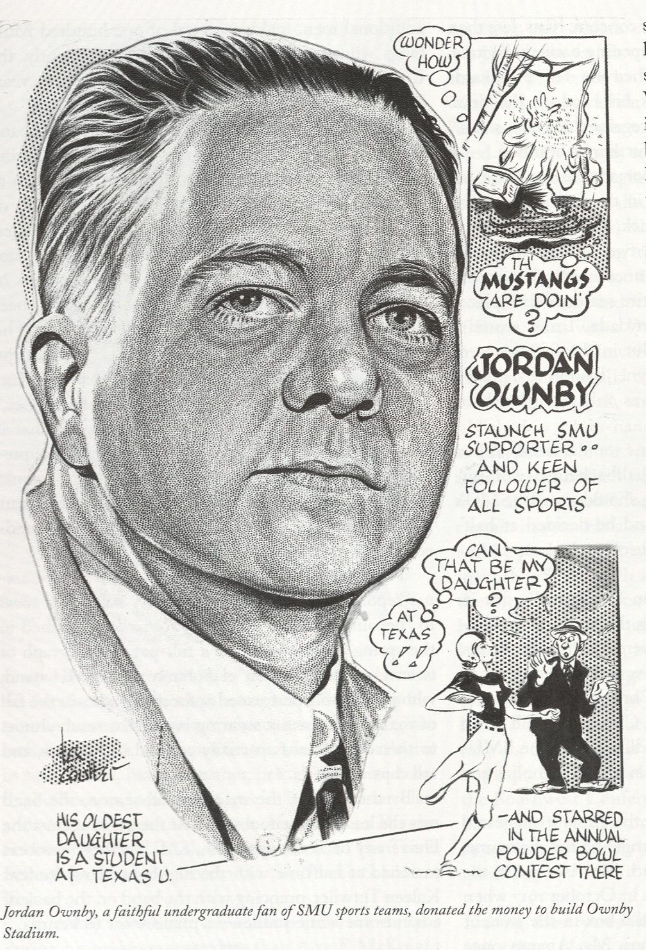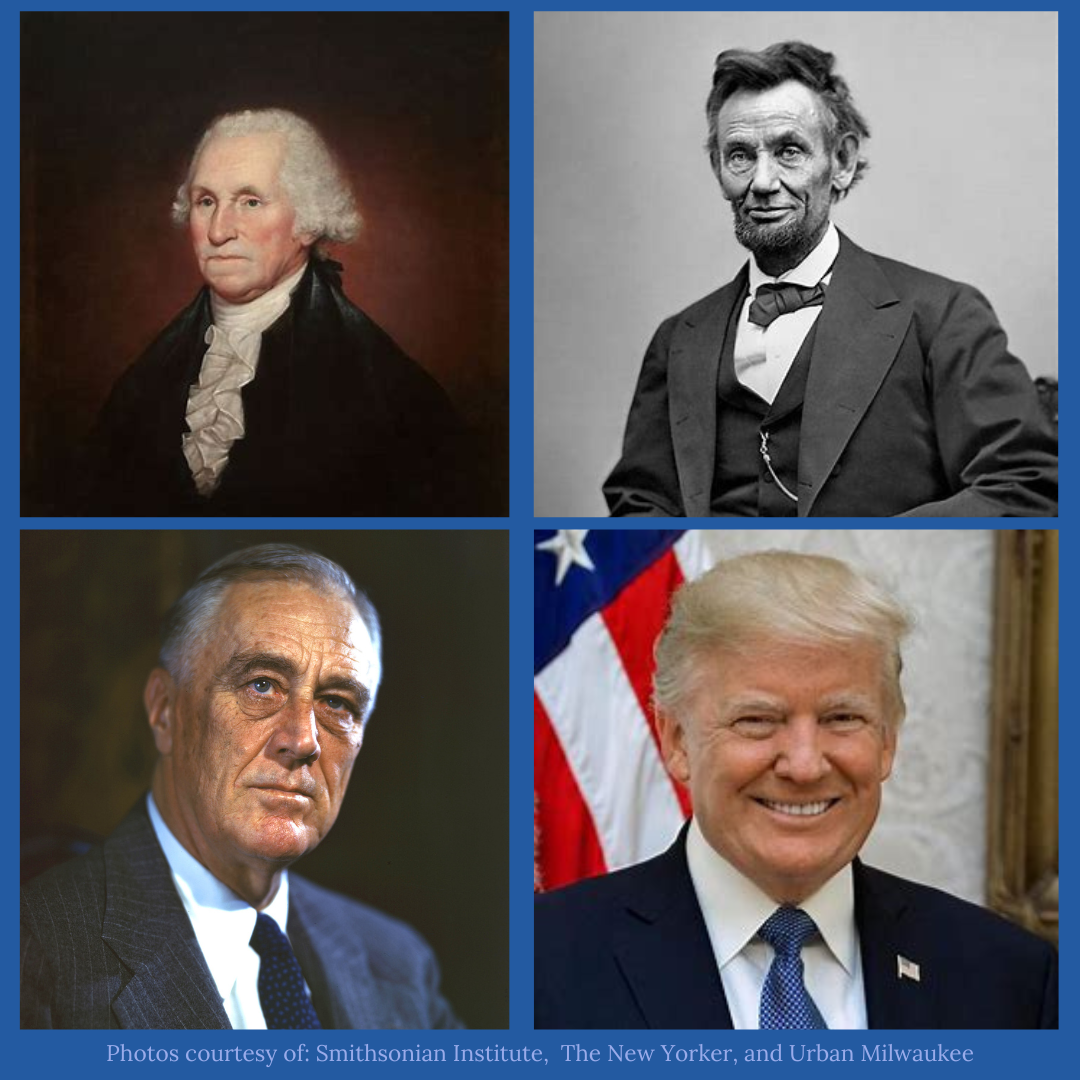In July 1984, Geraldine Ferraro became the first woman in American history to be nominated to national office by a major party. She died this Saturday, but her legacy lives on.
As we all know, Ferraro’s bid to become the first female vice president was unsuccessful; she and her partner on the ticket, Walter Mondale, were crushed by the incumbent candidacy of Ronald Reagan.
Perhaps more to the point, the movement she represented—that of women finally being treated as equal partners in the nation’s political life—stalled. It took 24 years for another woman to be nominated to the vice presidency.
Still, it’s hard not to notice that things are looking decidedly better for women in the public sphere.
Hillary Clinton nearly won the Democratic nomination three years ago. Lately, speculation as to whom Republicans might nominate to challenge Barack Obama in 2012 has focused largely on two women: the ever-present Sarah Palin and Minnesota congresswoman Michele Bachmann.
The surest sign that women may finally be receiving something like equal standing in the political arena is how unremarkable we’ve found their presence lately.
When I learned of Bachmann’s potential candidacy, I searched The New York Times story I was reading and found no mention of her gender. Instead, the article focused on her policy positions and how she might affect other members of the field.
In short, there was nothing unusual or groundbreaking about her announcement that she might run; she received the same coverage a man might.
Of course, there’s a long way to go for any woman thinking of running for president.
Clinton endured months of blatant discrimination during her historic candidacy, and it’s likely that the women who follow her will face the same obstacles. But the world gets better and progress can’t be stopped.
Almost 27 years ago, Geraldine Ferraro made real the possibility that in this country, there’s no limit to how far anyone—male or female—can rise. It’s only a matter of time before we honor her legacy and make good on her dream.
Nathaniel French is a senior theater major. He can be reached for comment at [email protected].













